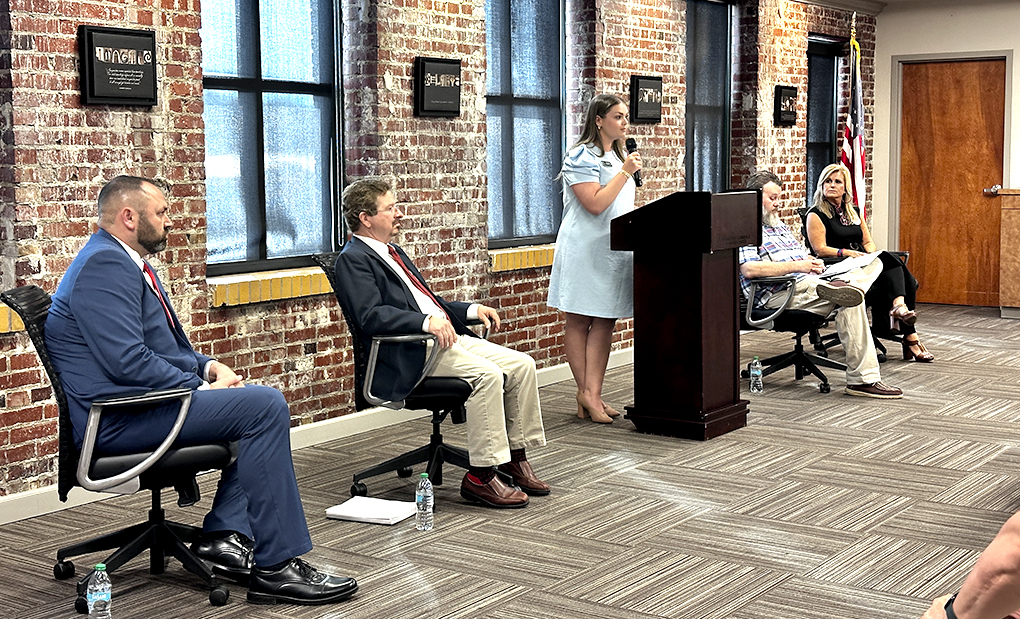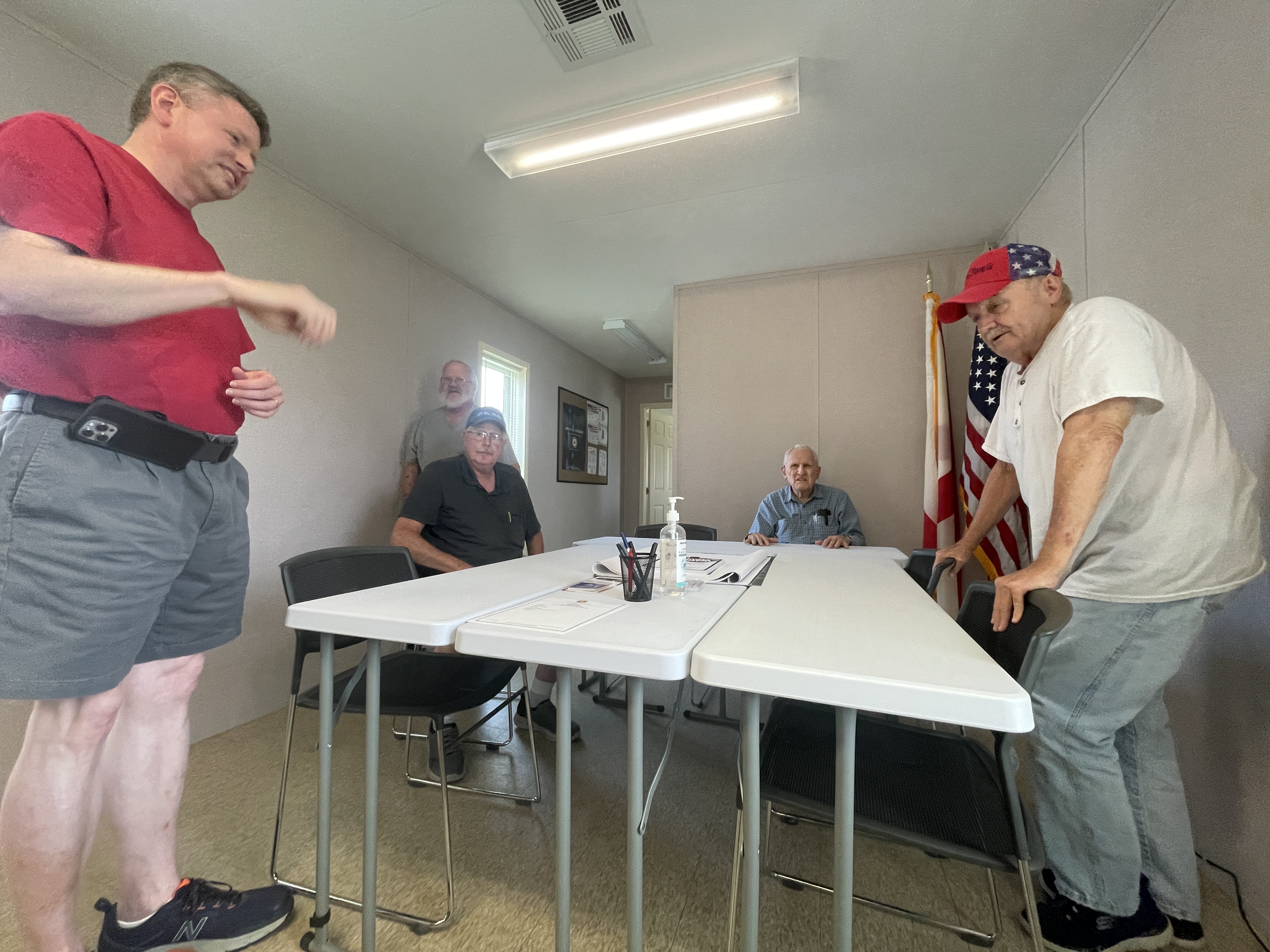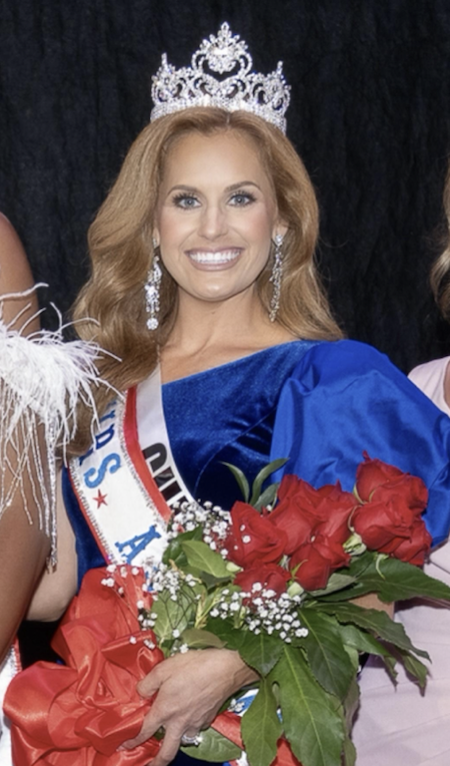Map dispute could cost some Cherokees a phone subsidy
Published 4:00 pm Monday, March 28, 2016
WASHINGTON – Thousands of low-income American Indians in Oklahoma could lose help paying their phone bills because of a dispute over historical maps.
The disagreement between the Cherokee Nation and Federal Communications Commission brings up a painful aspect of Native American history — the forced relocation of Cherokee and other tribes to Oklahoma.
A 31-year-old federal program called Lifeline gives low-income families a $9.25 monthly subsidy on phone bills. Those living on Native American reservations or “former reservations in Oklahoma” get an additional $25 per month.
At issue is an FCC decision last year to exclude a 60-mile-wide, 225-mile-long rural strip of northern Oklahoma, known as the Cherokee Outlet, from the program.
Frankie Hargis, a Cherokee Nation councilor, said about 3,500 Cherokee live in the Outlet.
The area was part of the land given to the tribe in the 1835 Treaty of New Echota in return for moving from its original home in and around Georgia.
The FCC’s decision to exclude it disrespects that history, said Kimberly Tehee, Cherokee Nation’s vice president and director of government relations. No longer considering it as former reservation land will mean that many Cherokee will struggle to keep phone service.
The FCC has said it was simply trying to reform a program that has been criticized as wasteful when it made the change, set to take effect in June. The commission is separately considering whether to expand Lifeline to subsidize Internet connections.
The FCC said it never defined what “former reservation land” means, and in this case it was using a map on a state website that noted the Outlet was once part of a Cherokee reservation.
To more formally define borders, the FCC consulted the Bureau of Indian Affairs, which it considers to be government authority on such matters. There it received a 1917 “Historical Map of Oklahoma 1870-1890,” which did not include the Outlet as Cherokee land.
FCC staff have said they are reviewing the decision after meeting with tribal leaders. FCC commissioners could reverse course at a meeting Thursday, where they also will consider broader changes to the program.
The added subsidy for those living on reservation land dates to 2000, when the commission expanded Lifeline amid concerns that 47 percent of Native American households did not have phone service.
Basic Lifeline subsidies weren’t enough to overcome high poverty on reservations, where steep prices also made it difficult to afford service, the commission said at the time.
The problem, Republican Commissioner Ajit Pai noted last June, is that nearly all of Oklahoma, including urban areas, is considered former reservation land.
There’s also no requirement that families receiving the extra subsidy be members of a tribe – or even be Native American, he said. They only need to be low-income and living in the areas.
The FCC said 12,000 Lifeline recipients live in the area known as the Outlet.
At question in this dispute is the history of Cherokees in Oklahoma.
In the 1835 Treaty of New Echota, made with the U.S. government, a faction of Cherokee agreed to cede land in Georgia in return for land in the West, including in the Cherokee Outlet.
That treaty divided the tribe. Those who did not leave Georgia were later forced to relocate on the march known as the Trail of Tears. Thousands of Cherokee and members of other tribes died along the way.
Initially, the Cherokee used the Outlet as hunting grounds. Then, for a time, the tribe made money leasing the land to cattlemen, according to a letter written by Cherokee Nation principal chief Bill John Baker and deputy principal chief S. Joe Crittenden to the FCC.
But after many Cherokees sided with the Confederacy during the Civil War, an 1866 treaty allowed the U.S. government to settle other tribes in the area.
And, in 1889, President Benjamin Harrison banned grazing in the Outlet, ending the Cherokees’ ability to live or make money from the land.
That “indirectly forced the sale” of the land to the government for less than what it was worth, Baker and Crittenden wrote.
A spokeswoman for the Bureau of Indian Affairs said she was unaware of details of the dispute between the Cherokee Nation and FCC.
But she noted that federal law defines boundaries of a former reservation as those of “the last reservation that was established by treaty.” The bureau’s map reflects the 1860s treaties.
Baker and Crittenden, though, wrote that “former reservation” simply means “any lands formerly held by a tribal nation.”
The land in the Cherokee Outlet, noted Hargis, once belonged to the tribe.
“Our tribal government is simply requesting the FCC to honor the Treaty of New Echota,” he said in a statement.
Kery Murakami is the Washington, D.C. reporter for CNHI’s newspapers and websites. Reach him at kmurakami@cnhi.com





